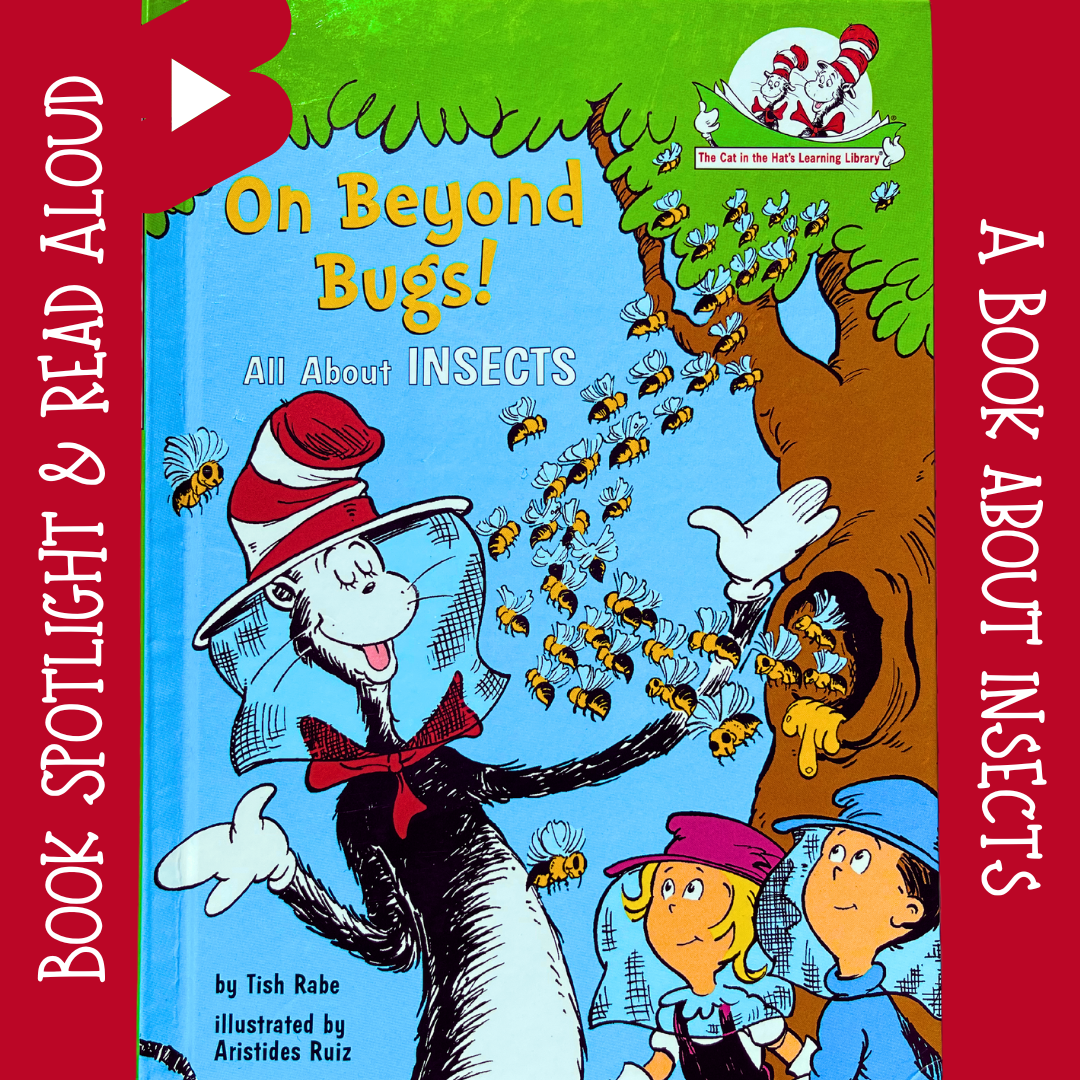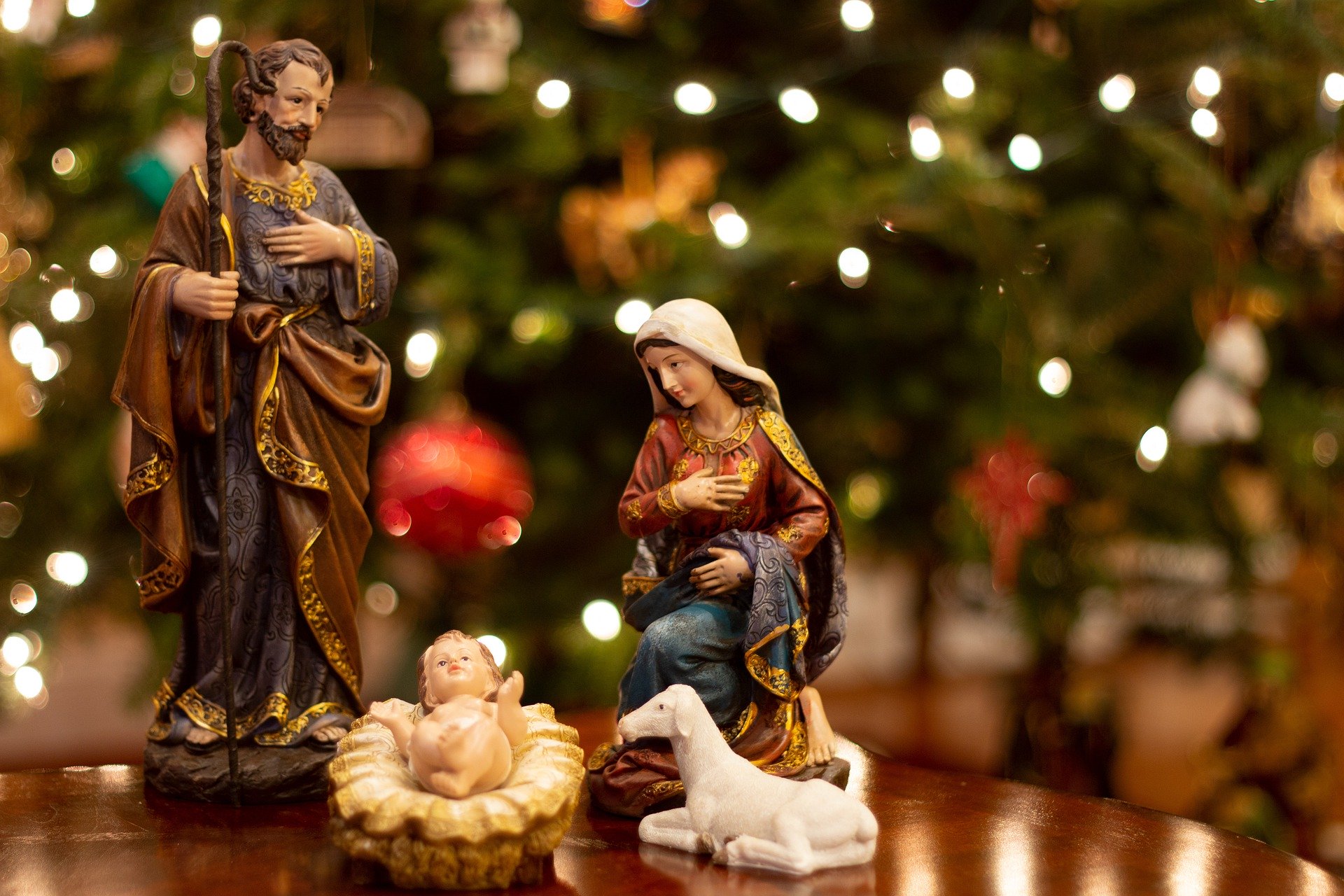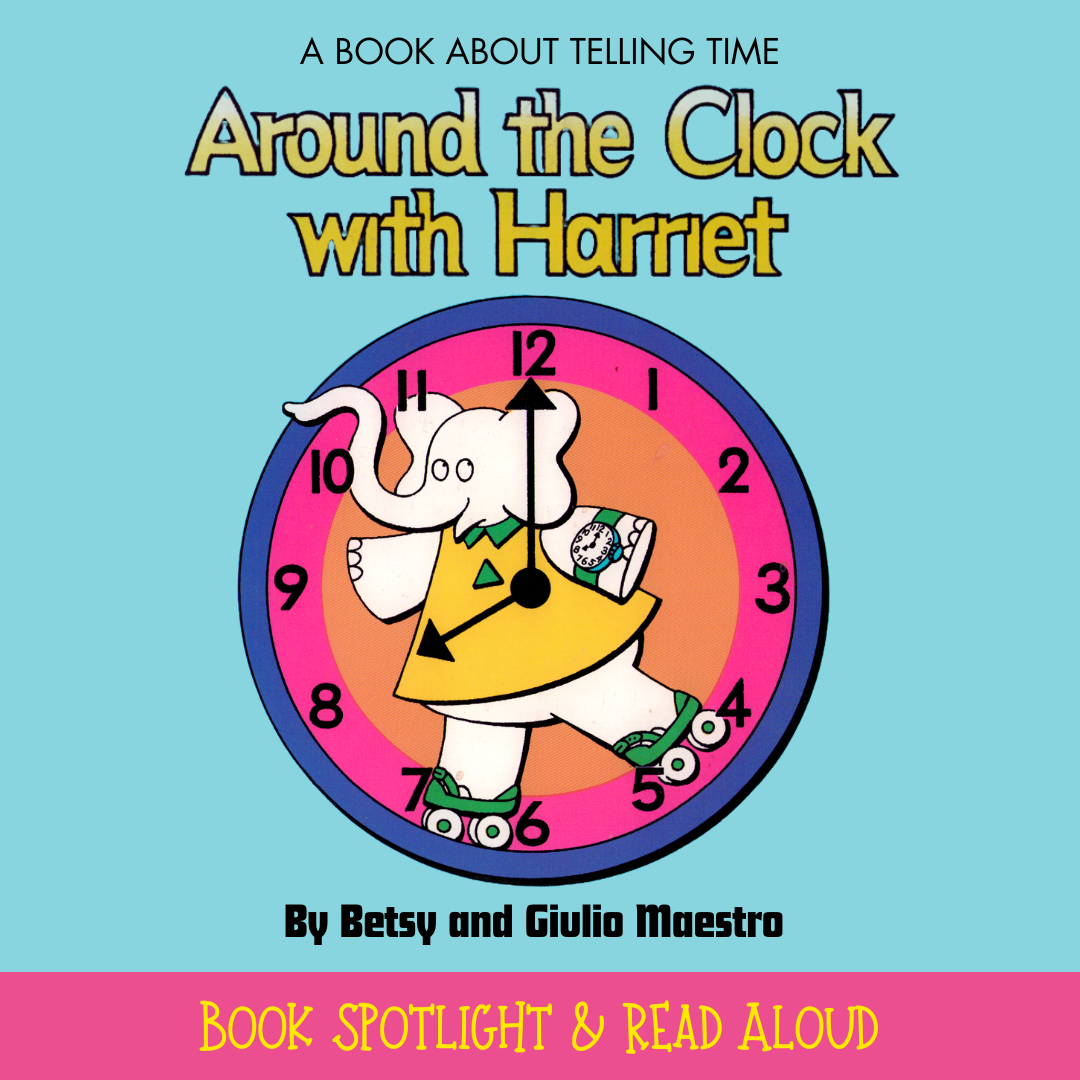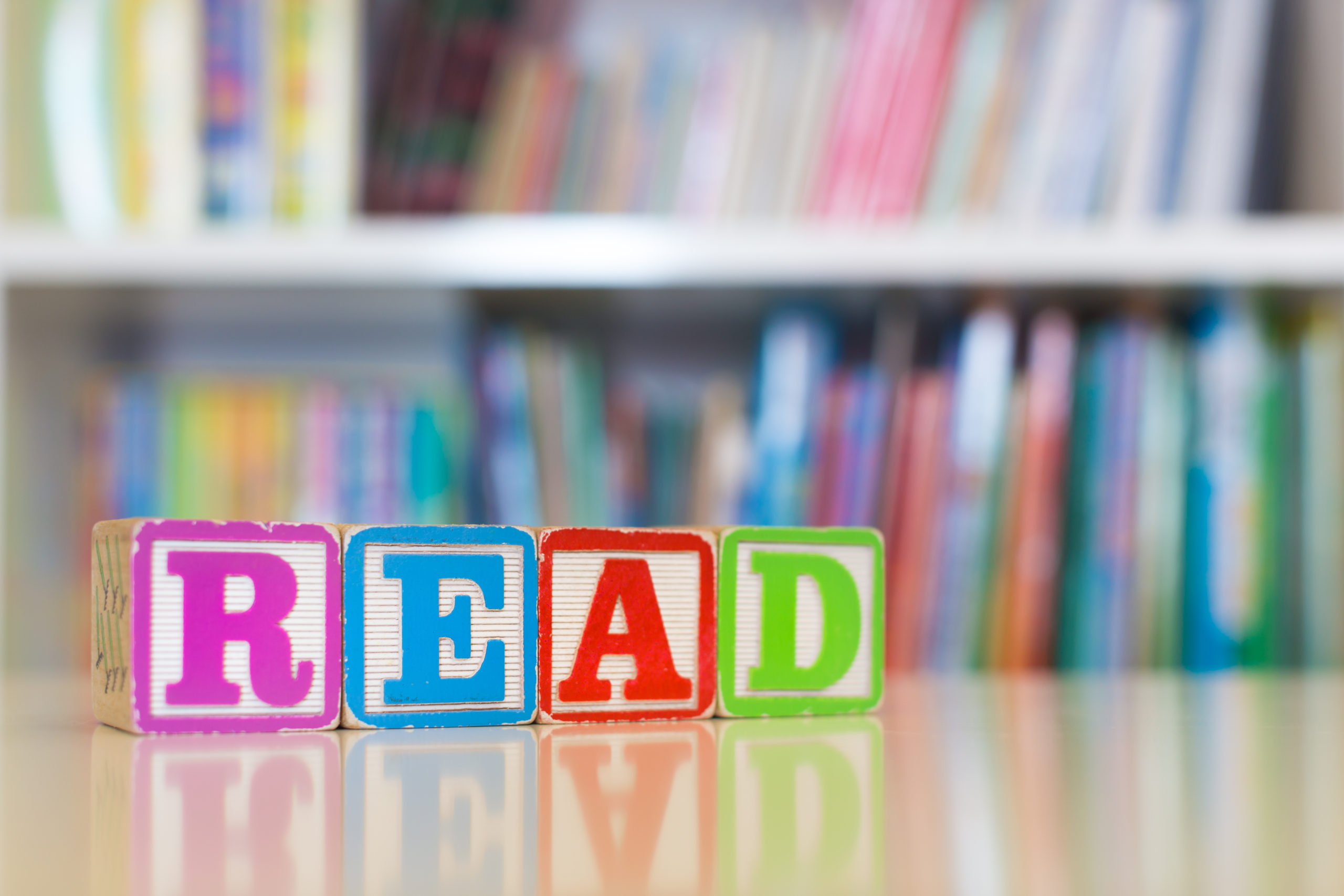Leo Cockroach Toy Tester
Book Spotlight: Leo Cockroach…Toy Tester
Welcome to the STEMHAX Book Spotlight. Today, we’re exploring Leo Cockroach… Toy Tester. We chose this book for an Earth Day project which includes recycling, though this can be used all year long! It also crosscuts into engineering, as well. The copy we used for this project was published by Troll in 1999. There are so many different applications for this book. Keep reading to learn some of them as you consider using it as part of your Earth Day celebration.
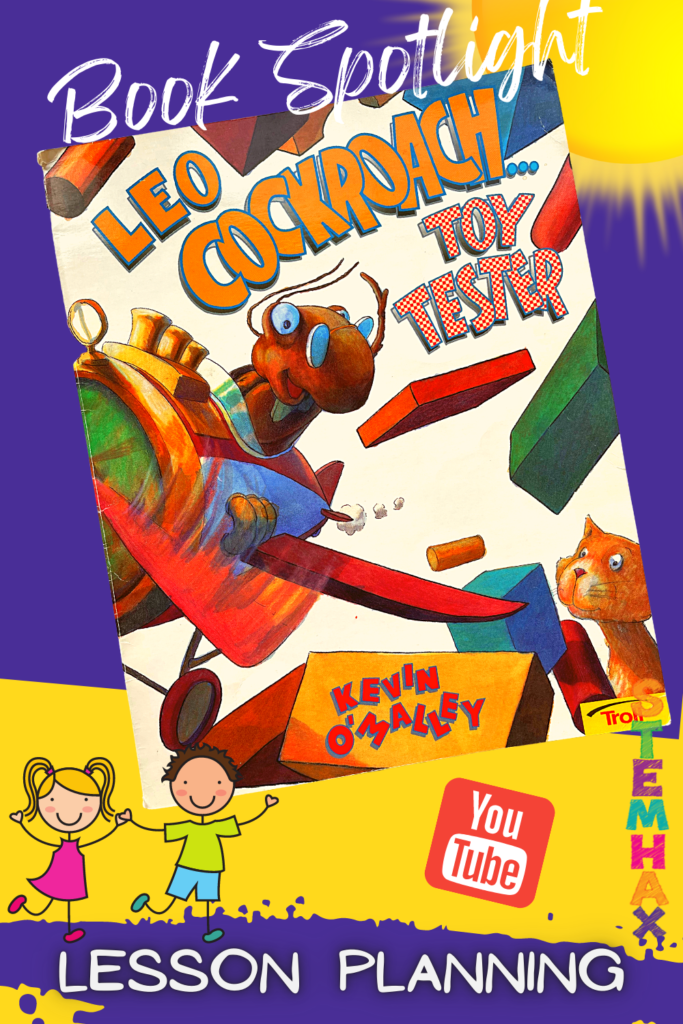
Kids enjoy reading the same book over and over again. A physical copy of the book is highly recommended for the first reading of Leo Cockroach…Toy Tester.
HINT: After you have introduced and explored the book, kids can utilize the YouTube read aloud in a listening center or quiet activity when they have finished their work.
Overview
This book touches on a multitude of concepts. The biggest lessons of the book are friendship, bravery, and most of all, the grass is not always greener on the other side. Leo Cockroach is a toy tester; he tests toys in secret, however, for a lady who is always trying to extinguish him. The toy maker across the street might be a better option for survival. He soon finds out that running away from your problems might not be the best solution.
Leo Cockroach…Toy Tester – Read Aloud
Exploring Leo Cockroach…Toy Tester with Young Learners
First, start with a book cover inspection. Show children the cover of the book and ask, “what do you think this book is about?” Follow this with some open ended questions to get their minds warmed up.
- What is an invention?
- What is an inventor?
- What is the best thing ever invented?
- Do you think toy testing is a real job? Why?
- What do you know about cockroaches?
After reading the book for the first time, ask more open-ended questions. Remember there are no wrong answers. Some questions might include:
- Why do toys need to be tested before a child plays with it?
- How would you feel if you received a bad toy?
- Ride a Rock (refer to pictures in the book)
- Stringless Yo-Yo
- Why would you like to be a toy tester?
- Why would you like to be a toy inventor?
Vocabulary

HINT: There are more reader response questions in the book companion that includes a STEM guide for Trash to Toys. Along with a variety of academic items that can be used with Leo Cockroach…Toy Tester.

- Nocturnal – an activity occurring at night.
- Spineless – weak; having no backbone.
- Backbone – a strong support system.
- Scurried – to move with short quick steps.
- Furnished – room or house filled with furniture.
- Strode – walk with long formed steps.
- Slave – worked excessively hard without freedom or choice.
- Winging it – to do something without practice.

Fun Fact
Kids are curious and, if you didn’t know, a cockroach can live up to one week without its head! They have also been around since the time of the dinosaurs. And did you know that some species of cockroach can run up to three miles per hour! I retrieved this information from Pest World for Kids.
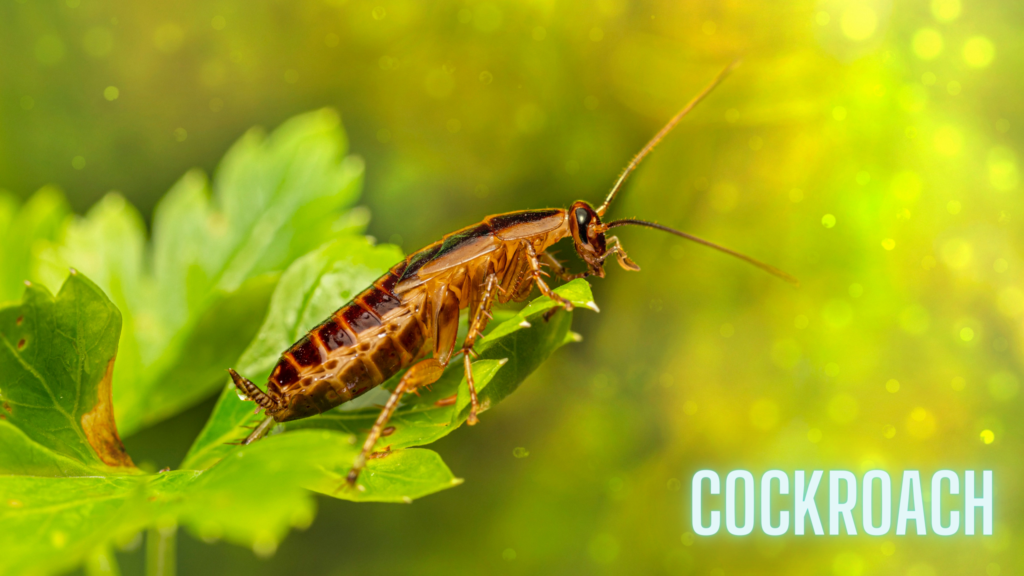
About the Author
Kevin O’Malley is talented and funny! Just check out this school visit with a Kindergarten class. He is really smart and an amazing artist. You might consider sharing this video with your children, it is entertaining!
BONUS: This video would also be a great for any alliteration lesson.
Kevin O’Malley has written and/or illustrated more than 50 books. Learn more about this talented author and illustrator at BooksbyOMally.com He has a couple of free books for download, too. In an interview by Baltimore’s Child, Mr. O’Malley stated “I wanted to do a kids book since I was in the fourth grade.” Thank goodness he followed his dream.
Extend the Lesson
Using technology to test toys for safety. There are videos on YouTube that are not suitable for young children, I did NOT include them in this blog. This first video is short and shows technology in action, as to how a toy box was tested for safety before it went into production.
The next video shows the process of how designers or inventors create and test their designs. They sketch and change things when they do not get the desired result from analyzing the testing data (response from the kids).
Lastly, kids will enjoy this video about testing Lego Duplo blocks. It’s a little longer but entertaining.
HINT: Watch all videos before sharing with young children, as some may not be appropriate for their age level.
Testing Toys
These three videos are a neat way to elaborate prior to the hands-on portion of testing and rating toys. Simplified lessons are outlined in the Trash to Toys component of the companion packet. You can also download an in-depth FREE lesson plan from the NSTA (National Science Teachers Association).
Exploring Existing Toys
Allow students some free experimenting time with small inexpensive toys. This time allotment should be done with two groups and two different toys. Both groups play with their toys for a period of time, then they switched toy. Follow this up with open ended questions. Create your own according to what toys you selected. Possible toys may include:
Hands-On Exploration: Inventing New Toys
There are many ways to differentiate this engineering project. This is a generic overview of what we shared with Kindergarten children, using Leo Cockroach…Toy Tester for Earth Day week.
The entire project took several weeks to come to fruition. It was our Trash to Toys unit. We focused only on the imagination and inventing parts of the project. Older children can do more complex inventions and testing.
Here is what we did:
Step One
After the first reading of Leo Cockroach…Toy Tester and hosting a literary discussion of the book, the students were so interested and excited about inventing new toys, that it grew into Trash to Toys project. We decided, on the fly, we were going to invent new toys. The students all agreed and committed to making this work. I had backups in case they decided to be kids and utilize those short attention spans. To my surprise it was an amazing success from the beginning of the project until the day the kids shared their new toy inventions. After all, it was their idea, and they took ownership!
Step Two
Next, we had a large bin where the kids could bring in any recyclable material they wanted; sanitized and safe objects. These items were kept in the science center. All materials were stored in an open bin until they had a concept sketched of what they wanted to use as materials. They were free to explore new materials daily. We collected these components for about two weeks.
Step Three
On invention day, we supplied glue, tape, markers, string, scissors and everything they would need to assemble their new inventions. A couple of parent volunteers helped on the day of implementation. We made them on Earth Day and spent a good part of the lessons that day on this project.
Step Four
Finally, after lunch we gathered around and, one by one, the students shared their inventions, and how the children would play with their new toys. Everyone was attentive and supportive; they enjoyed listening to their peers explain about the new invention. When they were finished sharing the kids all played with each others new inventions. This was a truly cool experience for kids and a proud moment for the teachers.
The Trash to Toys STEM project is included in the companion available in my TPT Store. It includes more concepts and printables to use should you decide to use Leo Cockroach…Toy Tester with your students. The packet can be differentiated and accommodates K-3.
Thank You
We appreciate you taking the time to learn about this cool book Leo Cockroach…Toy Tester. Please consider following our YouTube Channel for more read aloud books relating to academic interest subjects. Happy toy testing!
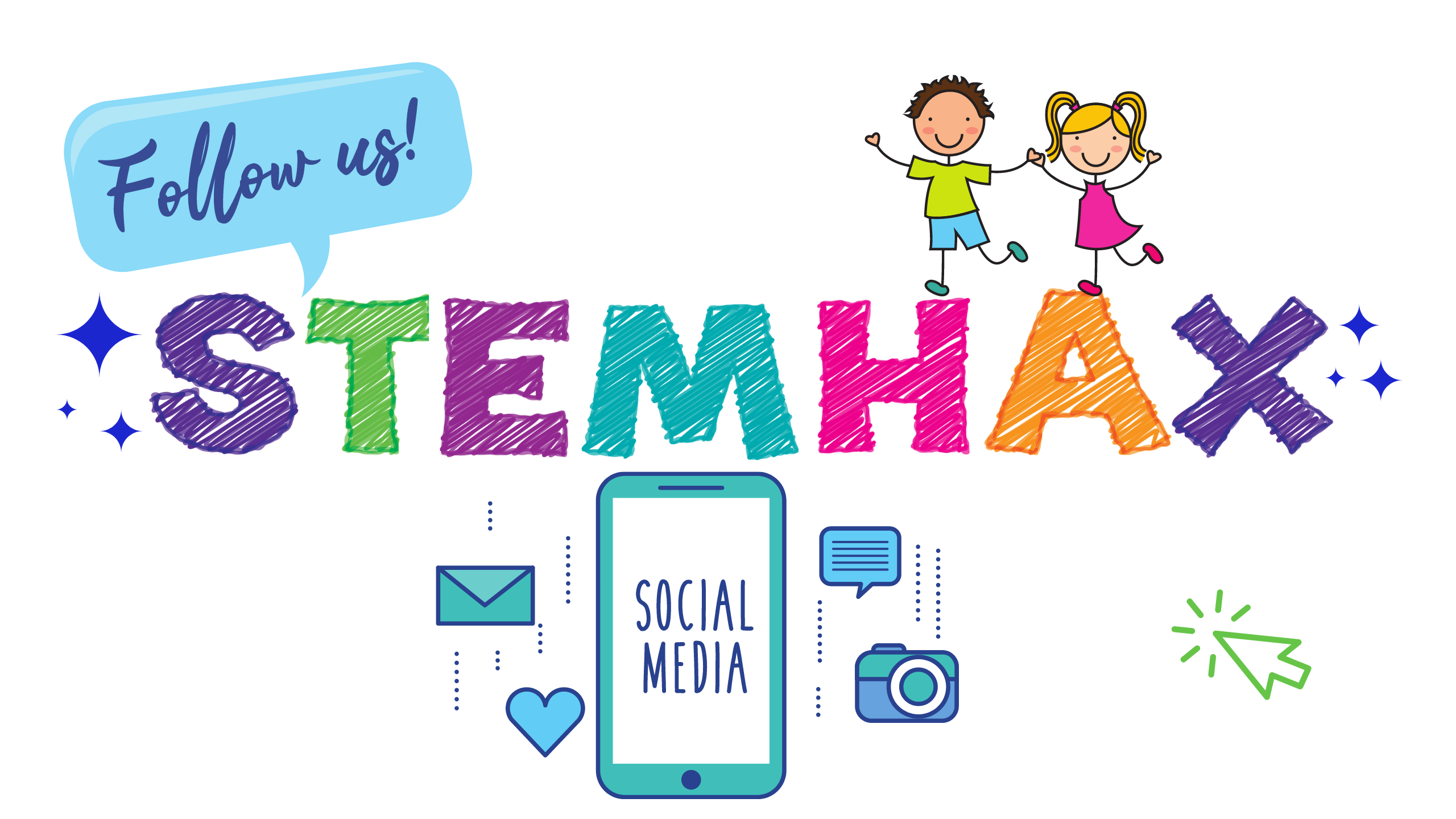
This post contains affiliate links; if you make a purchase, I may make a small commission at zero cost to you. THANK YOU!!

